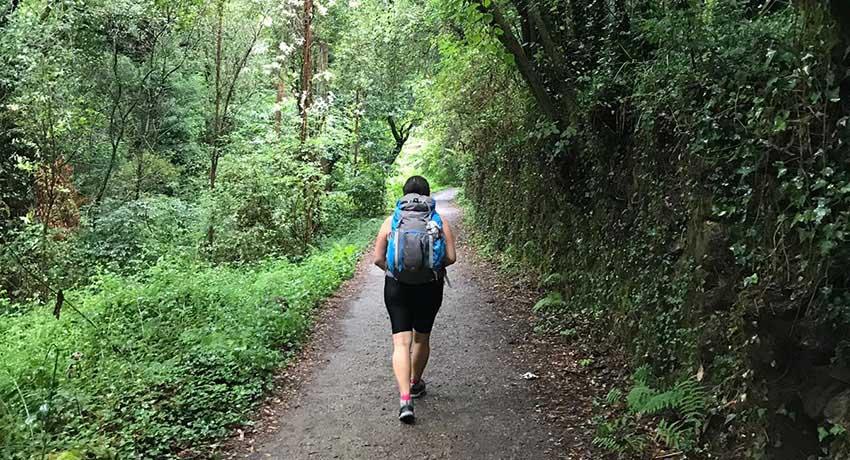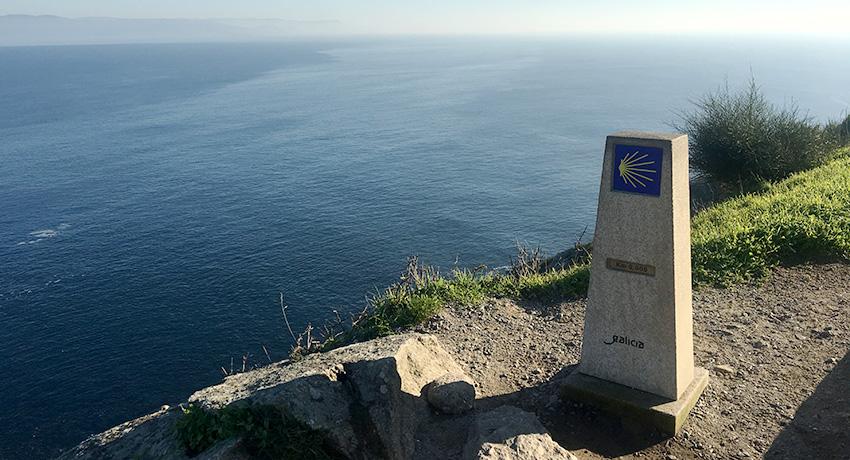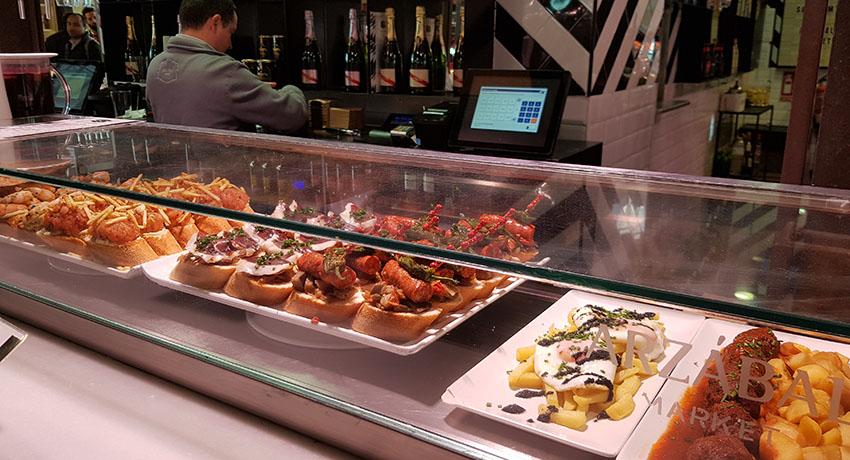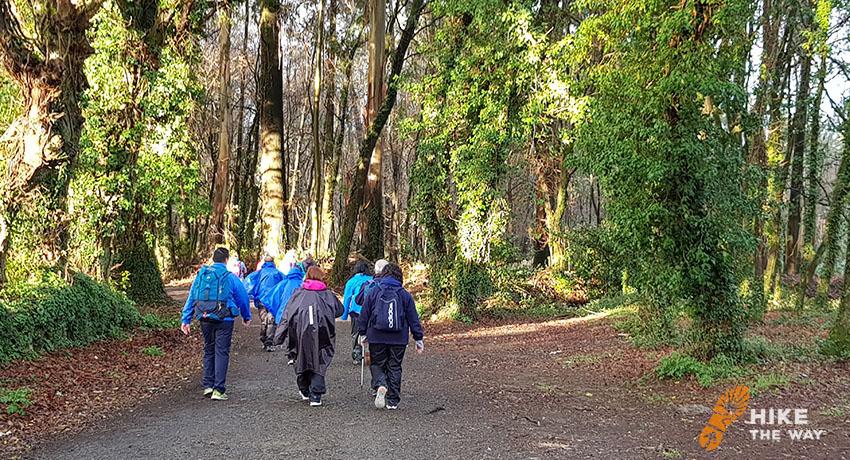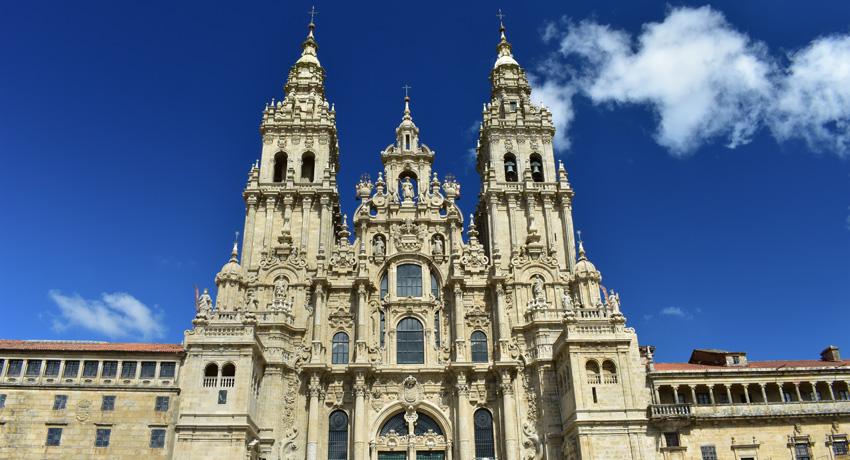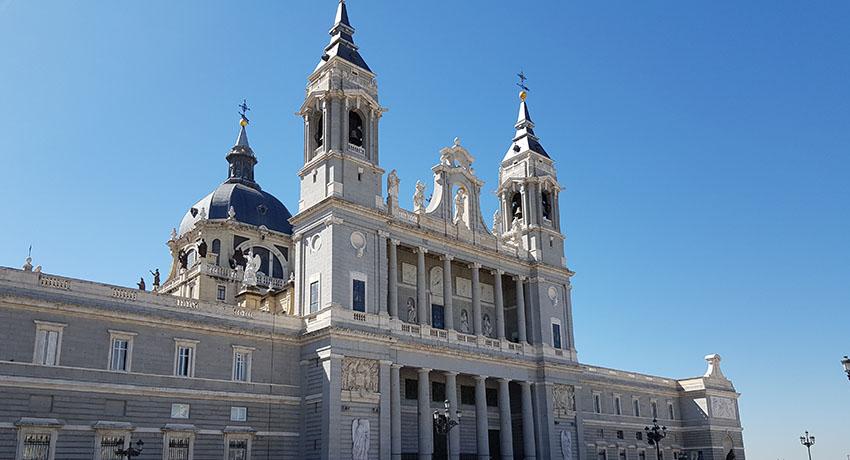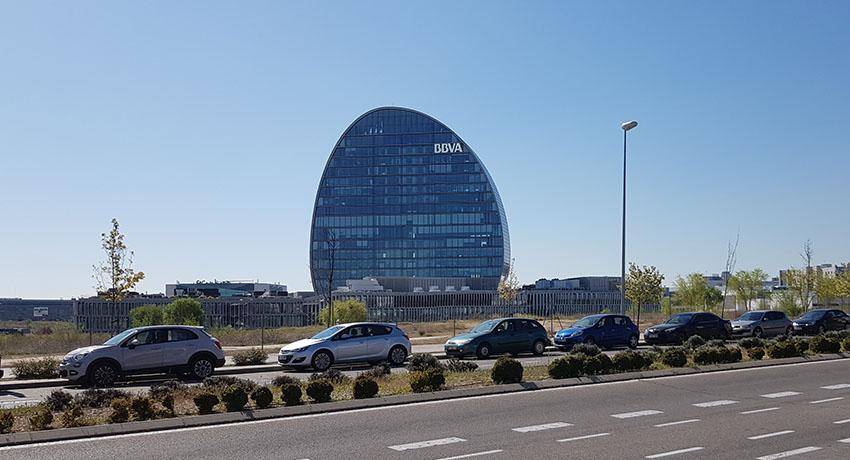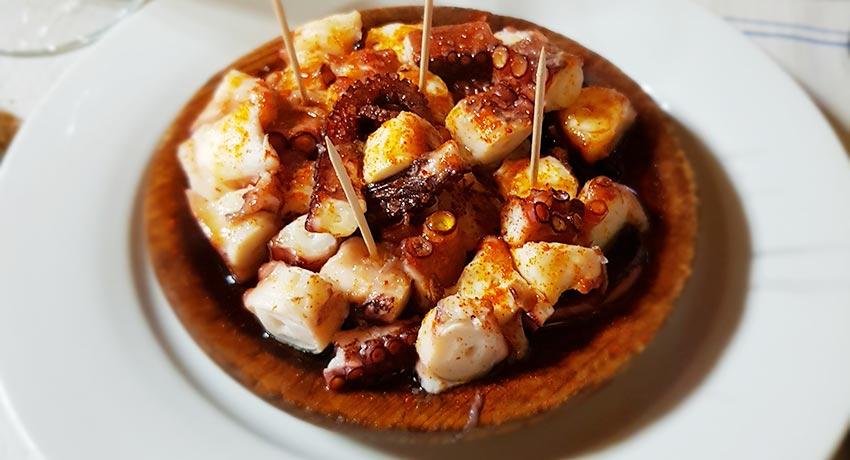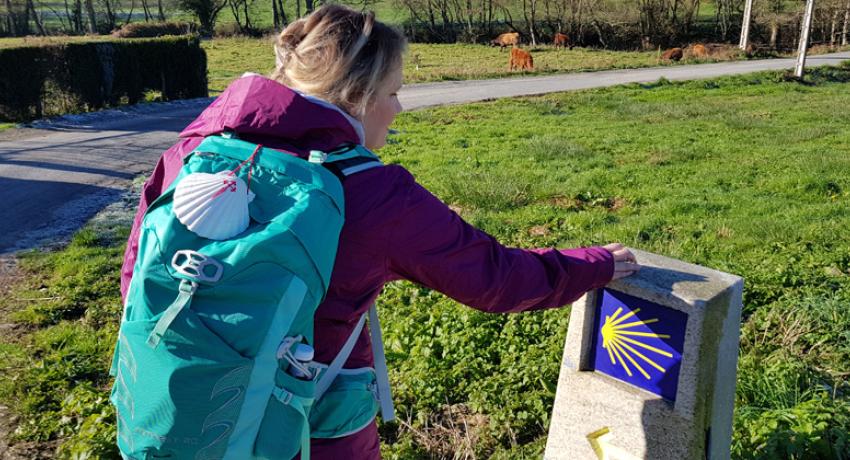Last 100 Km: Sarria - Santiago
Sarria is a great starting point as it is a large town and has everything you need to set out on your journey. This route will take you 70 miles (115 km) along the French route in the Galician region, through green landscapes and lush forests to Santiago during a five-day walk. It is a great route to become acquainted with the Camino. This trip makes you eligible to obtain your Compostela certificate when you arrive in Santiago.

